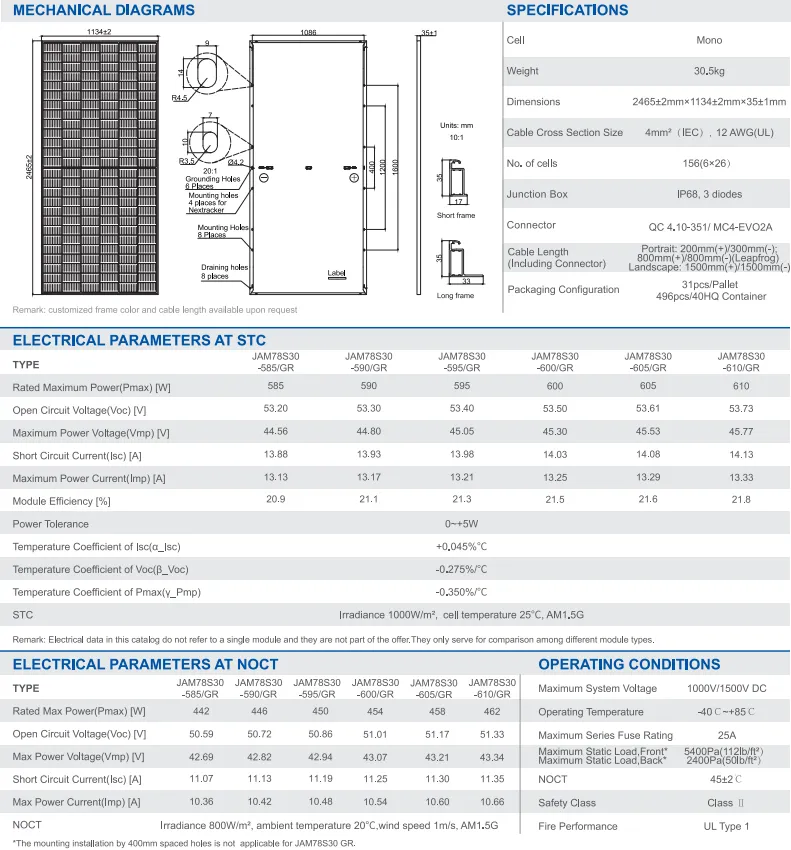Advancements in Solar Energy Technology for Efficient Photovoltaic Systems and Sustainable Solutions
Understanding Photovoltaic Systems Harnessing the Power of the Sun
In recent years, the importance of renewable energy sources has surged, driven by the need for sustainable energy solutions to combat climate change and reduce dependence on fossil fuels. Among these renewable technologies, photovoltaic (PV) systems stand out as a compelling solution to capture the sun's abundant energy and convert it into usable electricity. This article explores the fundamentals of photovoltaic systems, their components, benefits, and challenges, as well as their role in the transition to cleaner energy.
What are Photovoltaic Systems?
Photovoltaic systems are setups that convert sunlight directly into electricity through the photovoltaic effect. This phenomenon occurs when light photons strike a semiconductor material, typically silicon, causing the release of electrons that generates electric current. PV systems can be deployed on a variety of scales, from small residential rooftop installations to large utility-scale solar farms.
Components of a Photovoltaic System
A typical photovoltaic system consists of several key components
1. Solar Panels The most recognizable part of a PV system, solar panels are made up of numerous solar cells that capture sunlight and convert it into electricity. They can be monocrystalline, polycrystalline, or thin-film panels, each with different efficiency levels and costs.
2. Inverter Since most appliances and the electrical grid operate on AC (alternating current), the inverter plays a crucial role by converting the DC (direct current) electricity generated by the solar panels into AC electricity.
3. Mounting Structure Solar panels are mounted on roofs or ground-based structures. These mounts ensure that panels are positioned optimally to capture sunlight while withstanding various weather conditions.
4. Battery Storage (Optional) Many PV systems integrate battery storage to store excess electricity generated during sunny days for use during the night or cloudy days. This feature enhances energy independence and reliability.
5. Charge Controller In systems with battery storage, a charge controller regulates the voltage and current coming from the solar panels to prevent overcharging and ensures battery longevity.
Benefits of Photovoltaic Systems
Photovoltaic systems offer numerous advantages that contribute to their growing popularity
photovoltaic system

1. Environmental Impact By utilizing solar energy, PV systems produce clean electricity with minimal environmental impact. They significantly reduce greenhouse gas emissions compared to fossil fuels.
2. Energy Independence Solar power allows individuals and communities to generate their own electricity, decreasing reliance on imported fuels and enhancing energy security.
3. Low Operating Costs Once installed, the maintenance costs of PV systems are relatively low. The energy from the sun is free, leading to significant savings on electricity bills over time.
4. Job Creation The renewable energy sector, particularly solar power, is experiencing rapid growth, leading to job creation in manufacturing, installation, and maintenance services.
5. Scalability PV systems can be easily scaled up or down based on energy needs, making them suitable for various applications, from small homes to large industrial sites.
Challenges Facing Photovoltaic Systems
Despite the many benefits, there are challenges that need to be addressed
1. Initial Costs The upfront costs of purchasing and installing a PV system can be significant, although prices have been decreasing over the years and incentives may be available.
2. Intermittency Solar energy generation is dependent on sunlight, which can be inconsistent due to weather conditions and the day-night cycle. This variability can make it challenging to rely solely on solar power without adequate storage solutions.
3. Space Requirements Large-scale solar installations require substantial land area, which can pose challenges in densely populated regions or areas with competing land uses.
4. Recycling and End-of-Life Management As the solar industry grows, addressing the recycling of solar panels at the end of their lifespan becomes increasingly important to minimize waste and environmental impact.
Conclusion
Photovoltaic systems represent a significant step toward a sustainable and renewable energy future. As technology advances and costs decrease, solar energy will continue to play a pivotal role in reducing carbon emissions, enhancing energy independence, and creating job opportunities. While challenges such as initial costs and intermittency remain, ongoing innovation and supportive policies can further unlock the potential of photovoltaic systems, making them a crucial component of the global energy landscape. Embracing solar power not only benefits individual consumers but also contributes to a healthier planet for future generations.
-
String Solar Inverter: The High-Efficiency Solution for Smart Solar EnergyNewsJul.14,2025
-
Revolutionizing Rooftop Energy with the Power of the Micro Solar InverterNewsJul.14,2025
-
Power Independence with Smart Off Grid Solar Inverter SolutionsNewsJul.14,2025
-
On Grid Solar Inverter: Powering the Future with Smart Grid IntegrationNewsJul.14,2025
-
Monocrystalline Solar Panels: High-Efficiency Power for the Future of Clean EnergyNewsJul.14,2025
-
Bifacial Solar Panel: A Smarter Investment for Next-Generation Energy SystemsNewsJul.14,2025







